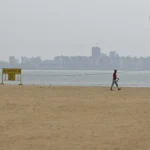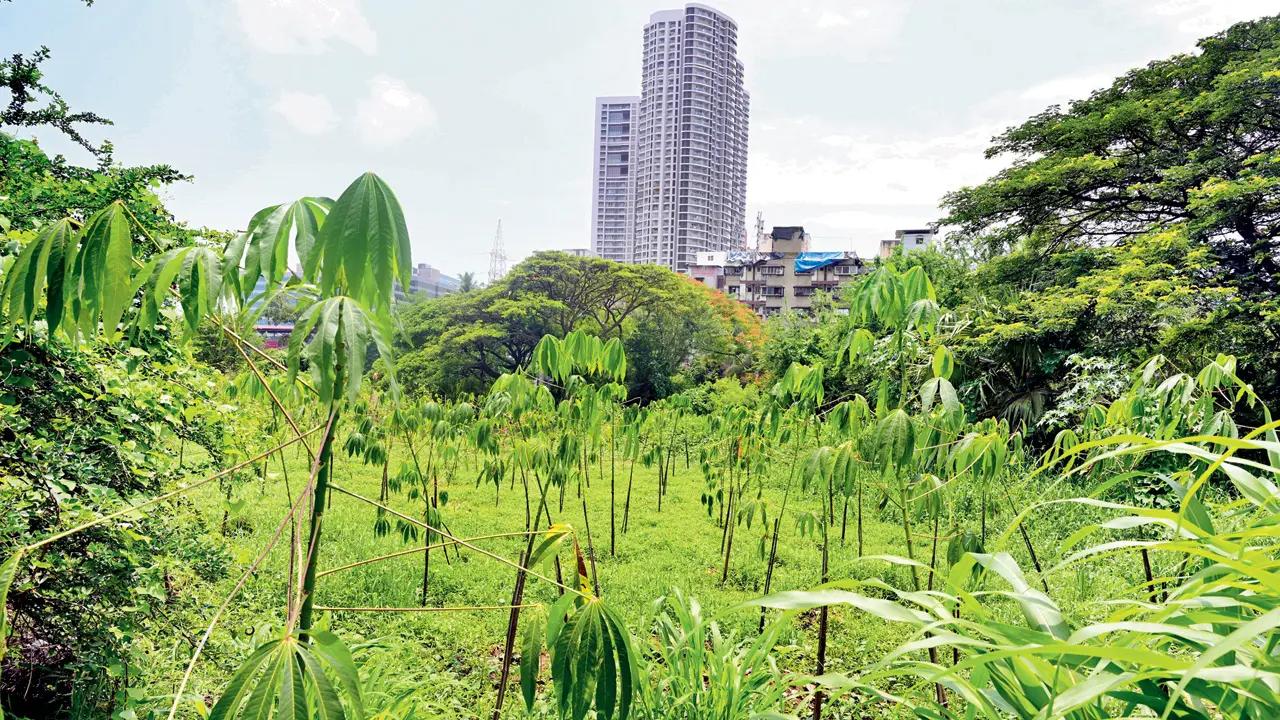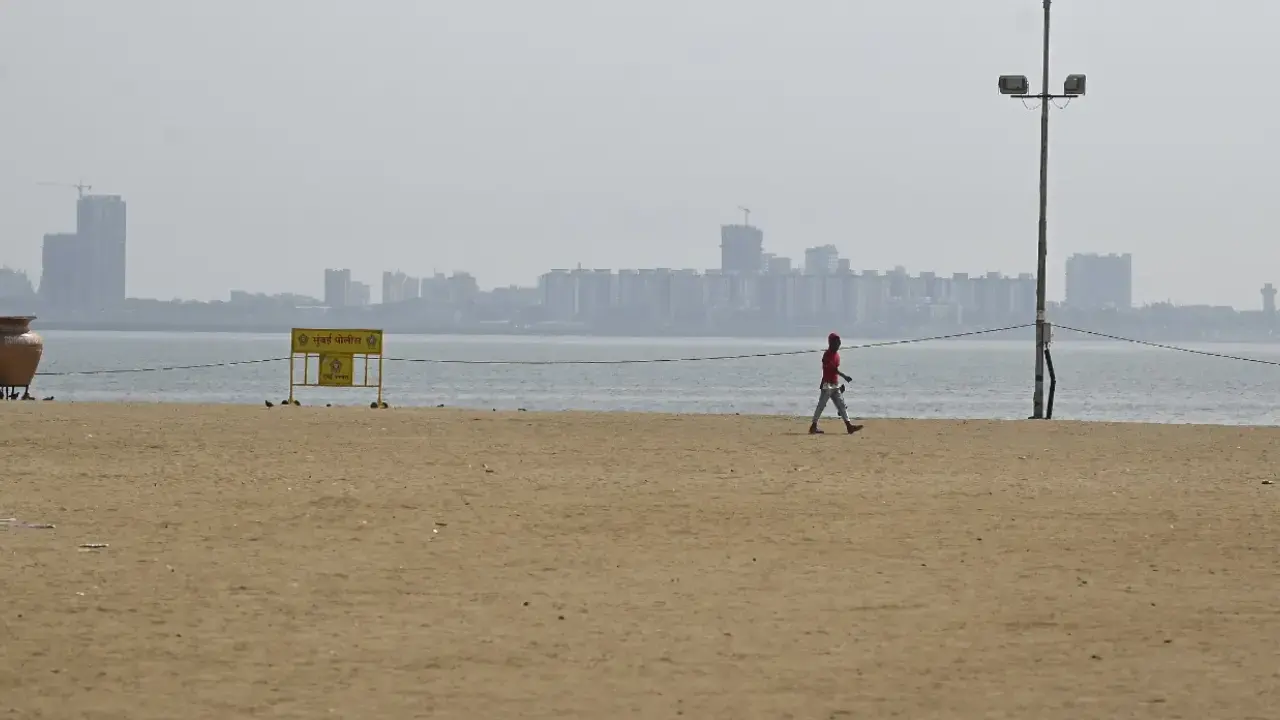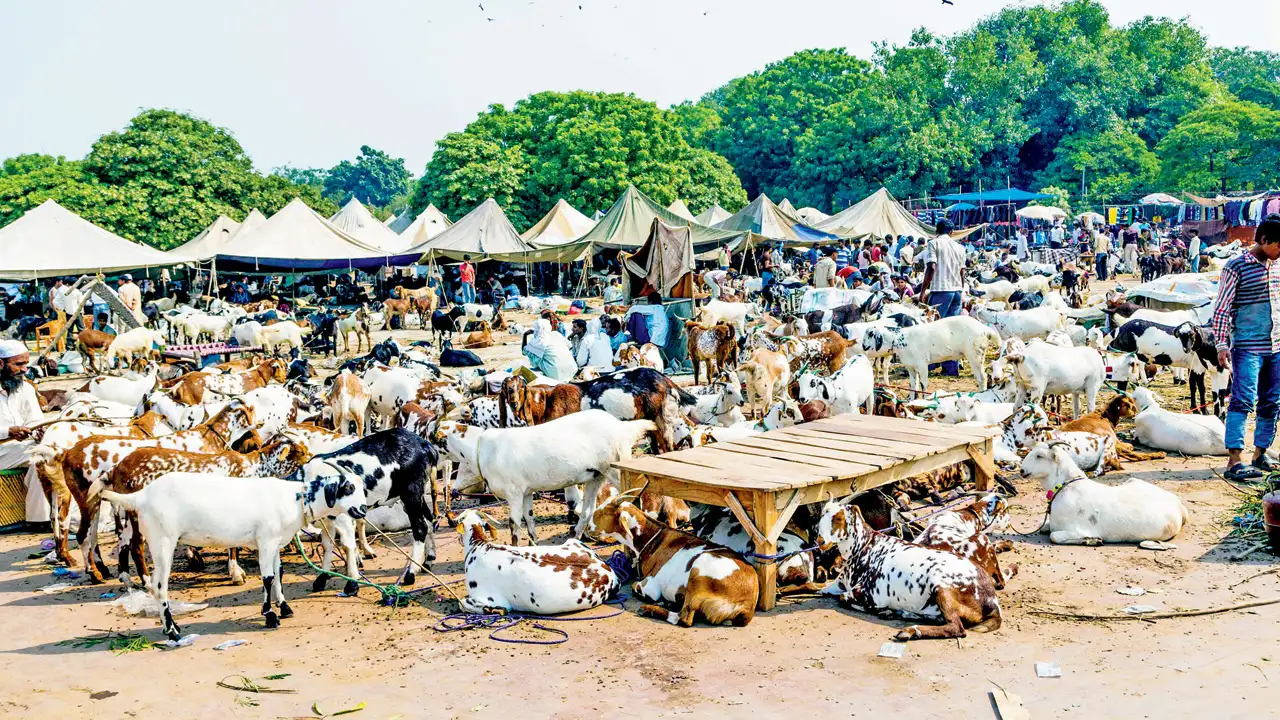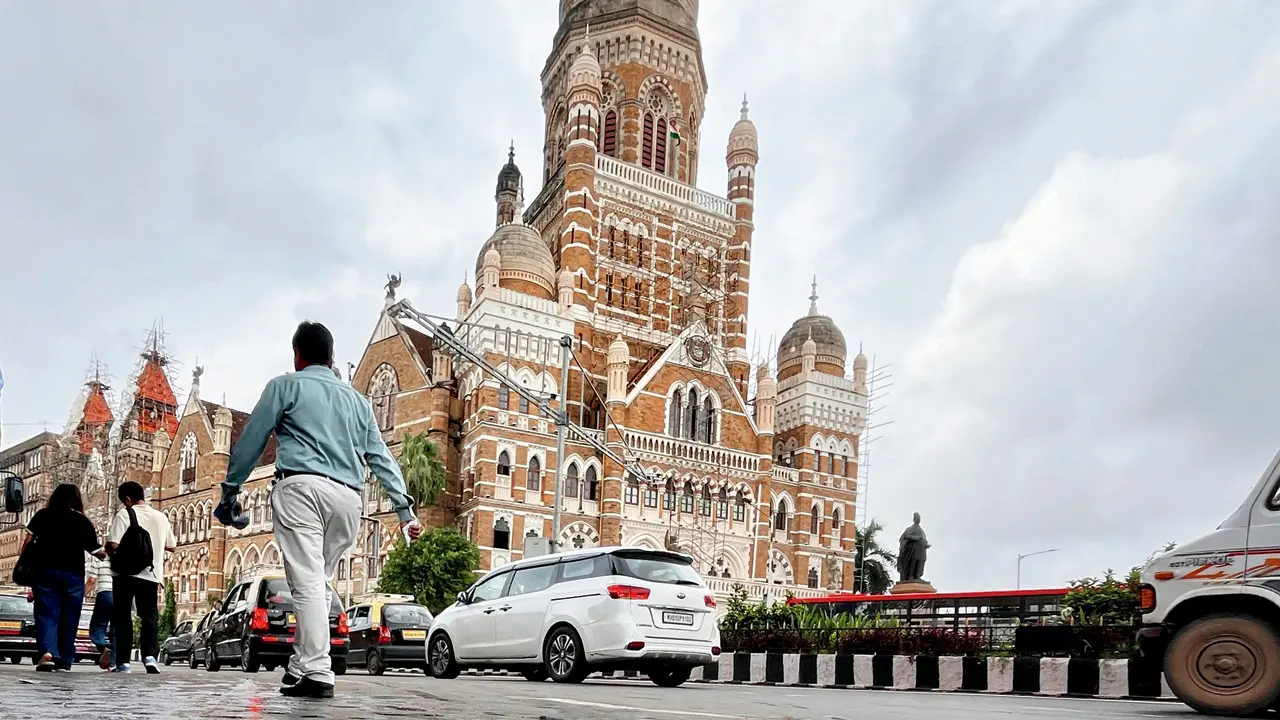Only about half of the trees planted by the Mumbai Metro Rail Corporation Limited (MMRCL) inside Sanjay Gandhi National Park (SGNP) as part of its compensatory afforestation programme have survived, according to a compliance affidavit filed by the Maharashtra government before the Supreme Court of India.
The affidavit, submitted in the ongoing suo motu case on tree-felling in Aarey forest, includes reports from both the SGNP Forest Department and Indian Institute of Technology (IIT)-Bombay, assessing MMRCL’s ecological commitments linked to the Aarey Metro Car Shed Project and related tunnelling works.
A report dated October 15 by Kiran Patil, deputy director (south), SGNP, stated that out of the 20,460 saplings planted under MMRCL’s Compensatory Afforestation (CA) and Corporate Social Responsibility (CSR) schemes between 2018 and 2019, only about 10,230 (50 per cent) have survived. The plantations, located in the Malad Round of Krushnagiri Upvan (KUB) Range, were meant to offset trees felled for the Mumbai Metro infrastructure.
The inspection conducted in September found stunted and irregular plant growth, with several patches affected by poor soil depth, water scarcity, and damaged fencing. The report also noted that irrigation pipelines were largely defunct, leaving most sites without proper watering systems.
At one location, Ramgad, officials found no visible plantation, despite its inclusion in official plantation records. To ensure the long-term survival of existing saplings, the forest department has recommended a three-year extension of MMRCL’s plantation maintenance contract.
“Adequate protection and regular monitoring are needed to achieve ecological restoration goals,” the report noted.
New afforestation land handed over
As part of ongoing environmental obligations, the forest department has also handed over 15 hectares of forest land in South Magathane Beat, Krushnagiri Upvan Range, to MMRCL for new afforestation activities. The handover took place on September 22 following directions from SGNP authorities.
The findings underline the challenges of maintaining large-scale compensatory plantations in urban forest areas and will form part of the state’s next compliance submission to the Supreme Court, which is expected to review the matter in the coming weeks.





